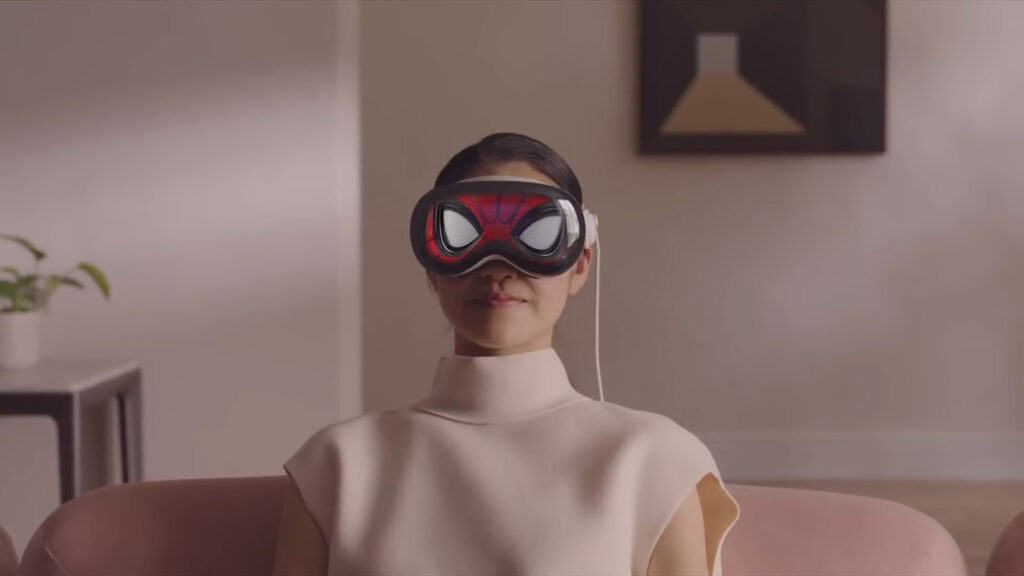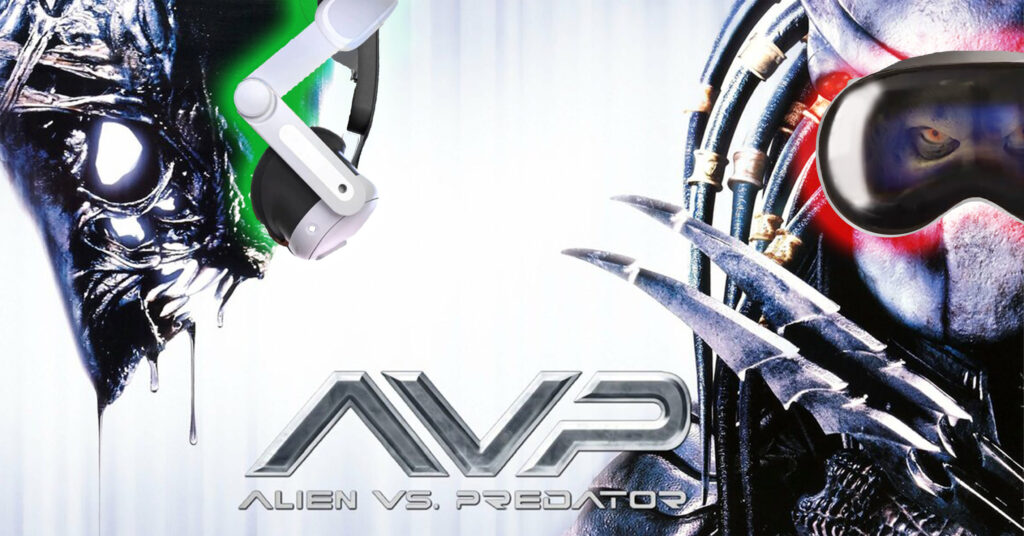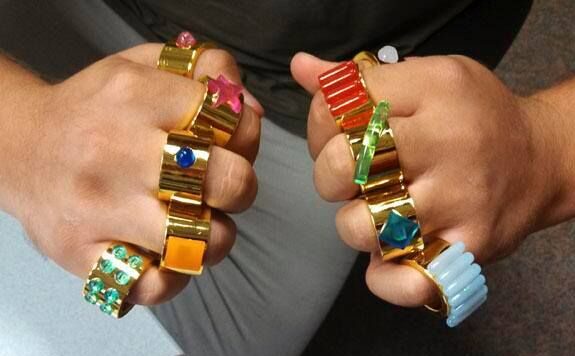In this short lived 2022 sci-fi TV show, we get a picture of two types of VR. One traditional display-based headset in the year 2032 and the other a full dive VR headset sent from 2099. We don’t see much of the traditional VR headset, but the pilot does give us a glimpse into how dramatic an improvement there is in immersion between the two.
Traditional Display-Based VR
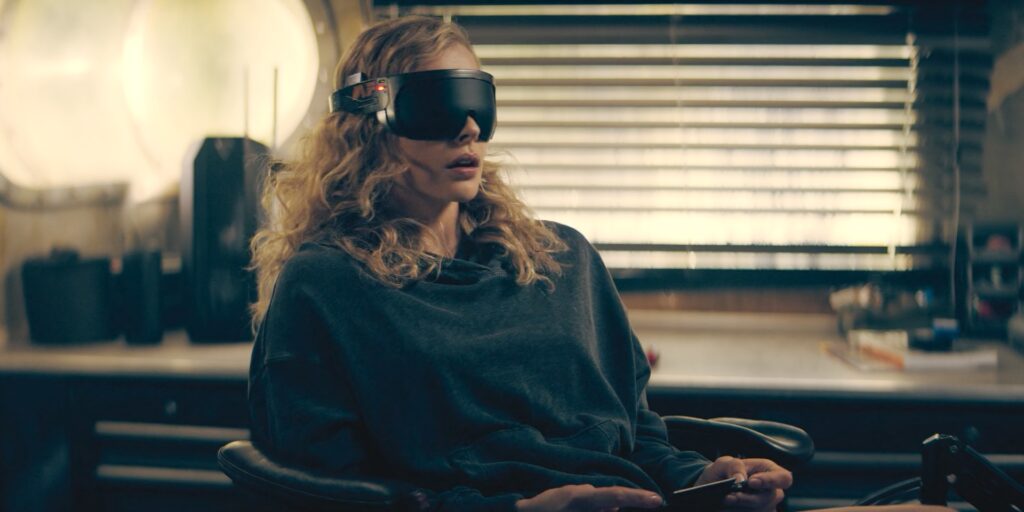
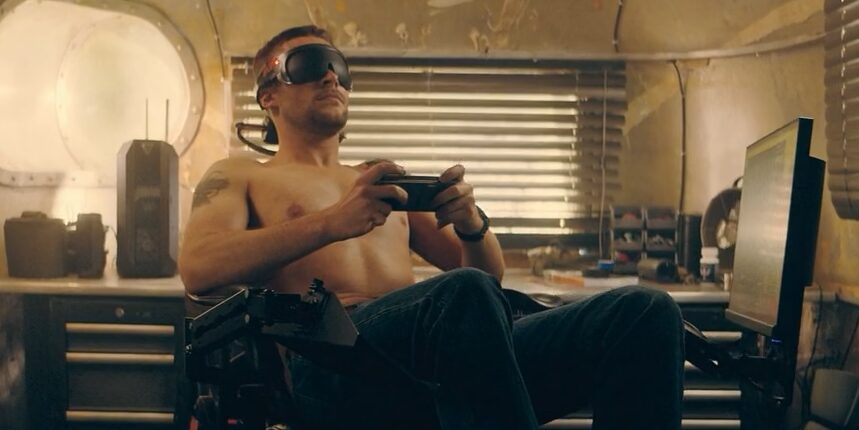
The protagonist is an expert gamer who helps her brother in leveling-up rich people’s characters in VR video games. We see both characters donning the VR gear. It appears to be relatively lightweight, or at least compared to our modern headsets – akin to some large ski goggles. They use it seated in a chair, so it’s unclear how much turning your head actually affects the in-game experience.
The headset can go from an opaque display to a translucent one at the press of a button. It’s unclear if this is meant to be an AR display as well. The view of the person’s eyes seems to be direct and not an outer display like the Apple Vision Pro’s EyeSight. The proliferation of transparent OLED displays at CES 2024 makes this very plausible.
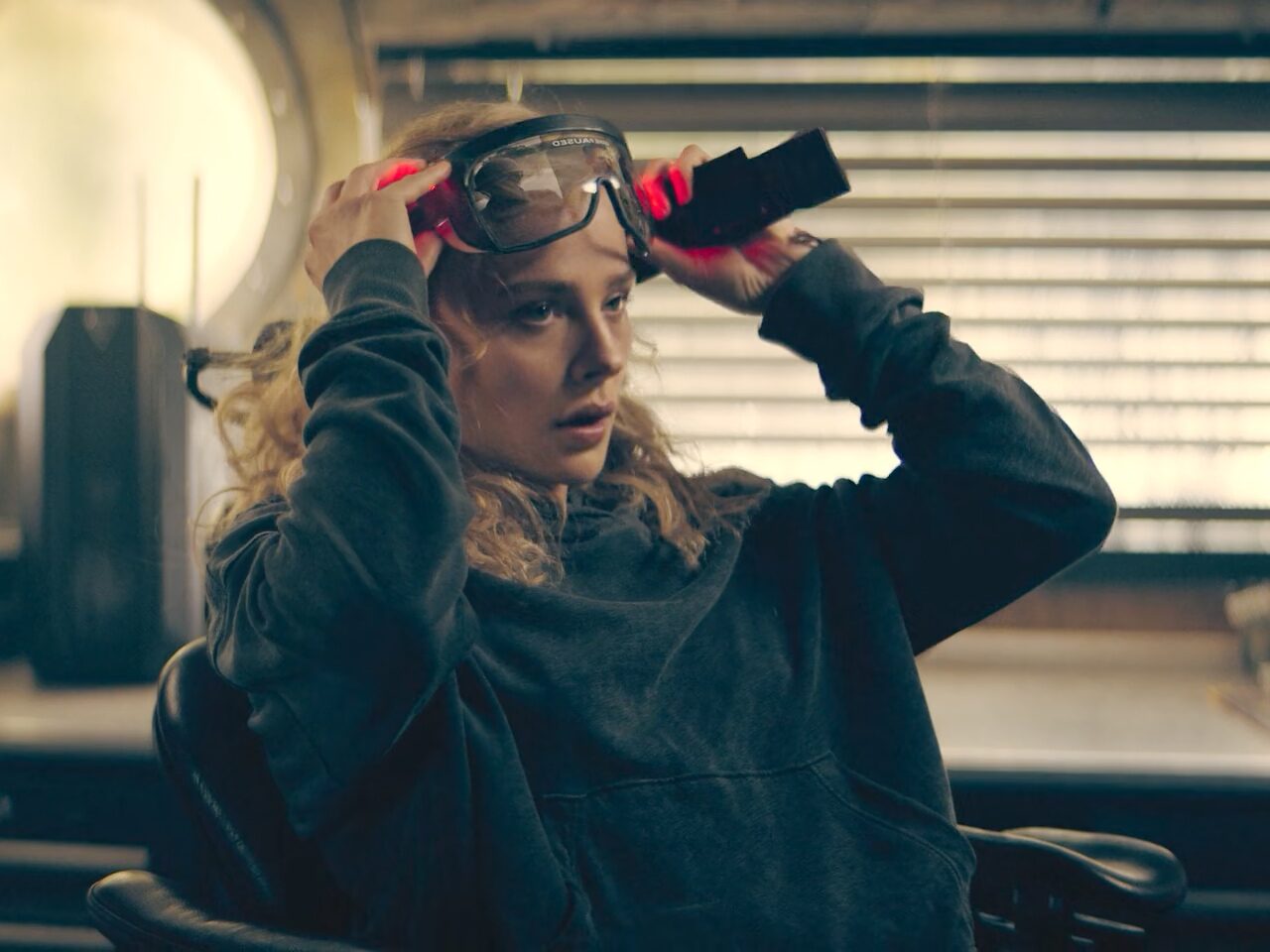
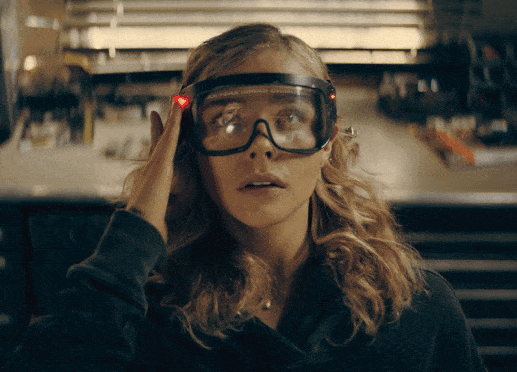
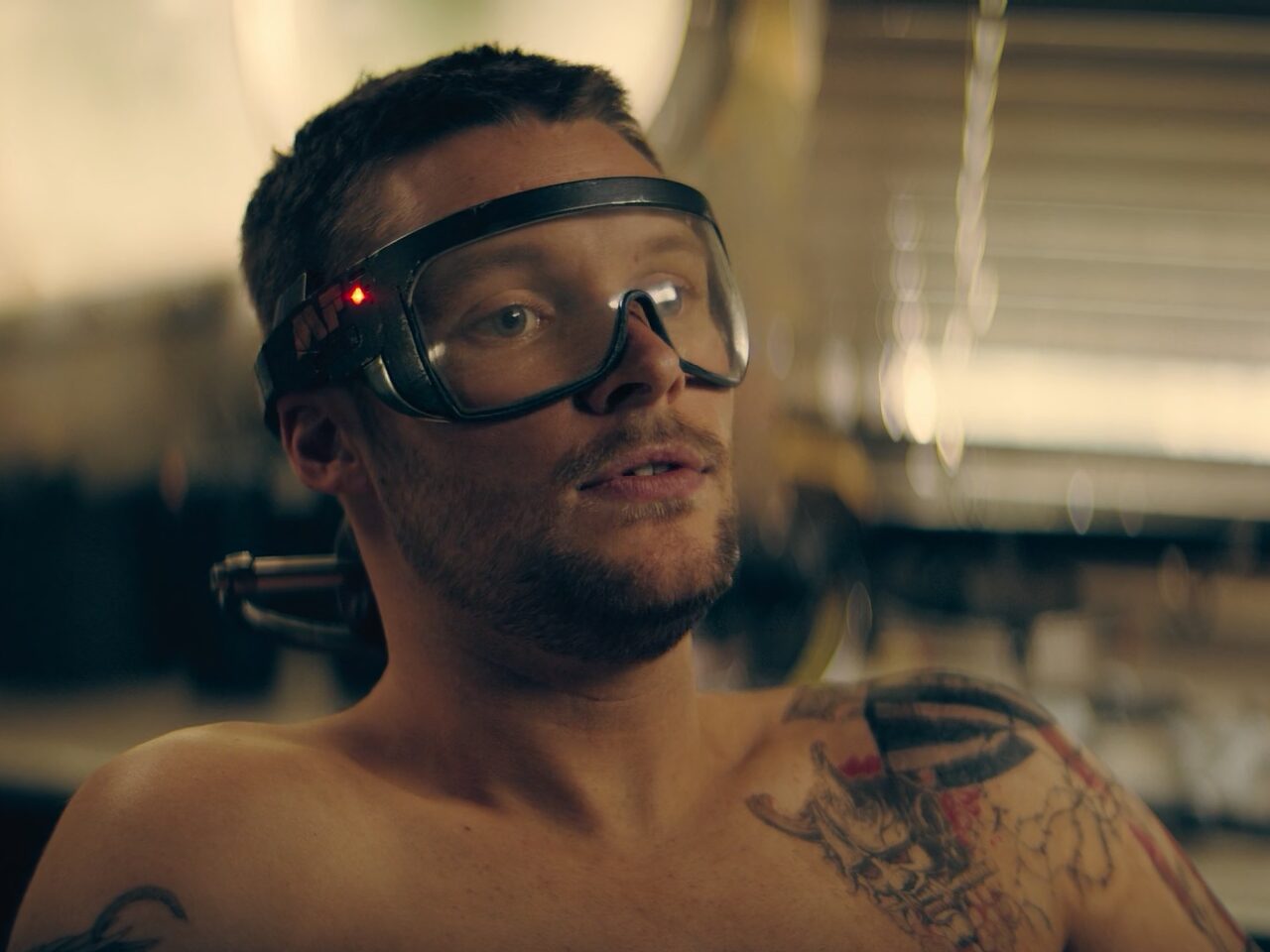
The headset is accompanied by a wireless controller. Interesting in that it can go from a bracelet to being flattened out into something more resembling a PSP/Switch/handheld with its own display. With several huge design flaws, it was very much just made as a thought-provoking prop. It has its own live video display even though you will be wearing a VR headset while using it. The buttons are non-tactile, only indicated by decals on the case, so that it would be impossible to use by touch alone even though the headset will block you from being able to see it directly.
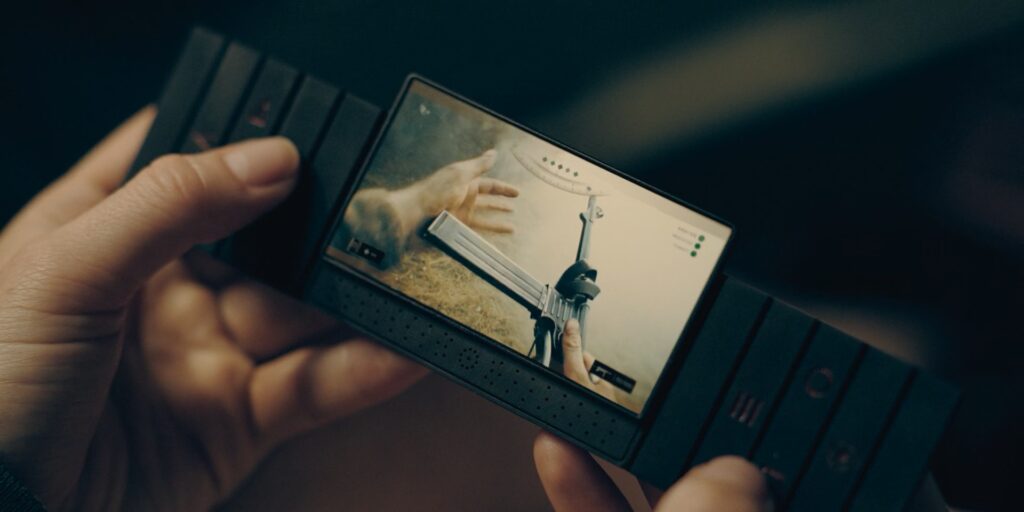
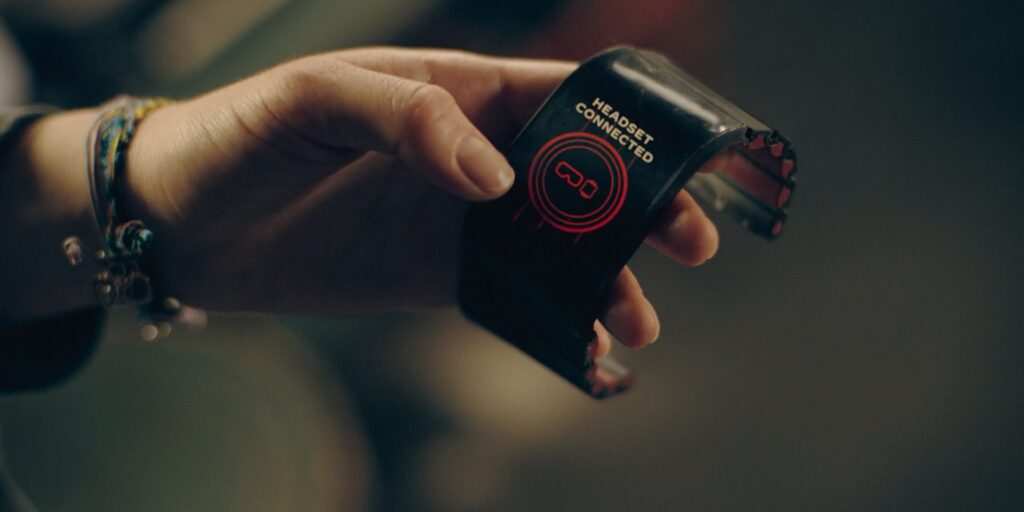
In a later episode, we see a wealthy character using a typical headset. He is at an… adult establishment and wearing a full body immersion suit. A primitive attempt at full dive VR.
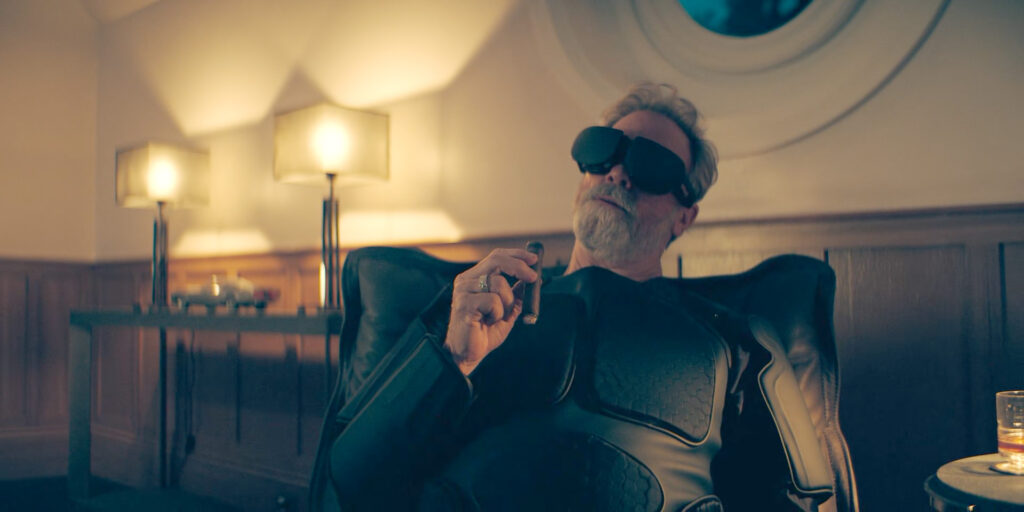
Full Dive VR from the Future
The show centers around a group of people in the year 2099 manipulating the past (multiverse stuff). They hook up our main characters in 2032 with a VR headset sporting their future-tech. This thing interfaces directly with the brain, enabling a fully immersive experience including all senses. Since it bypasses your eyes there is no display on it, just some leads that spread across your scalp.
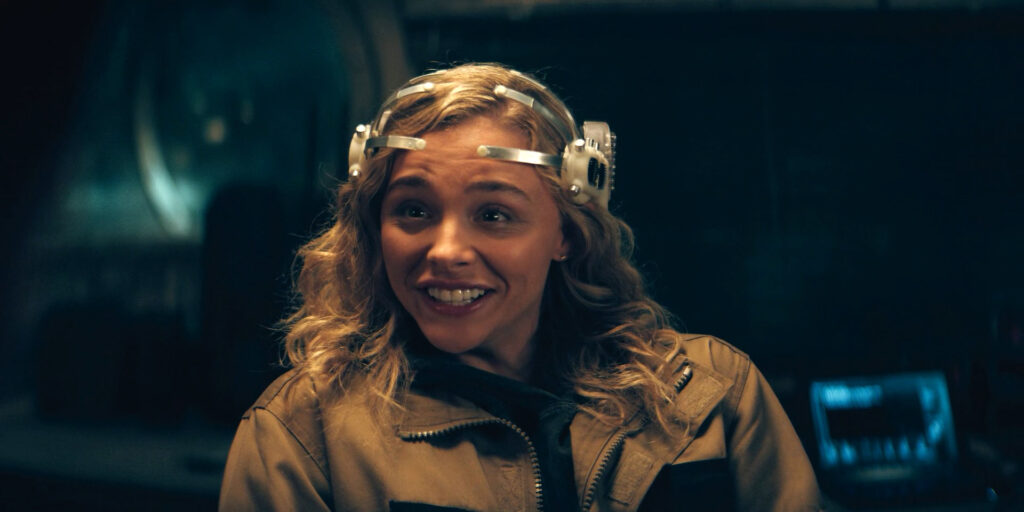
After using it for the first time, the character played by Chloë Grace Moretz is visibly blown away by the improvement in immersion. They establish that she is extraordinary at playing games, suggesting reflexes optimized for regular VR. Do reflexes and skills developed in VR translate directly to improvements in your real world physical body or neural experiences? There is some research on this, but let’s just give the writers the benefit of the doubt on this one.
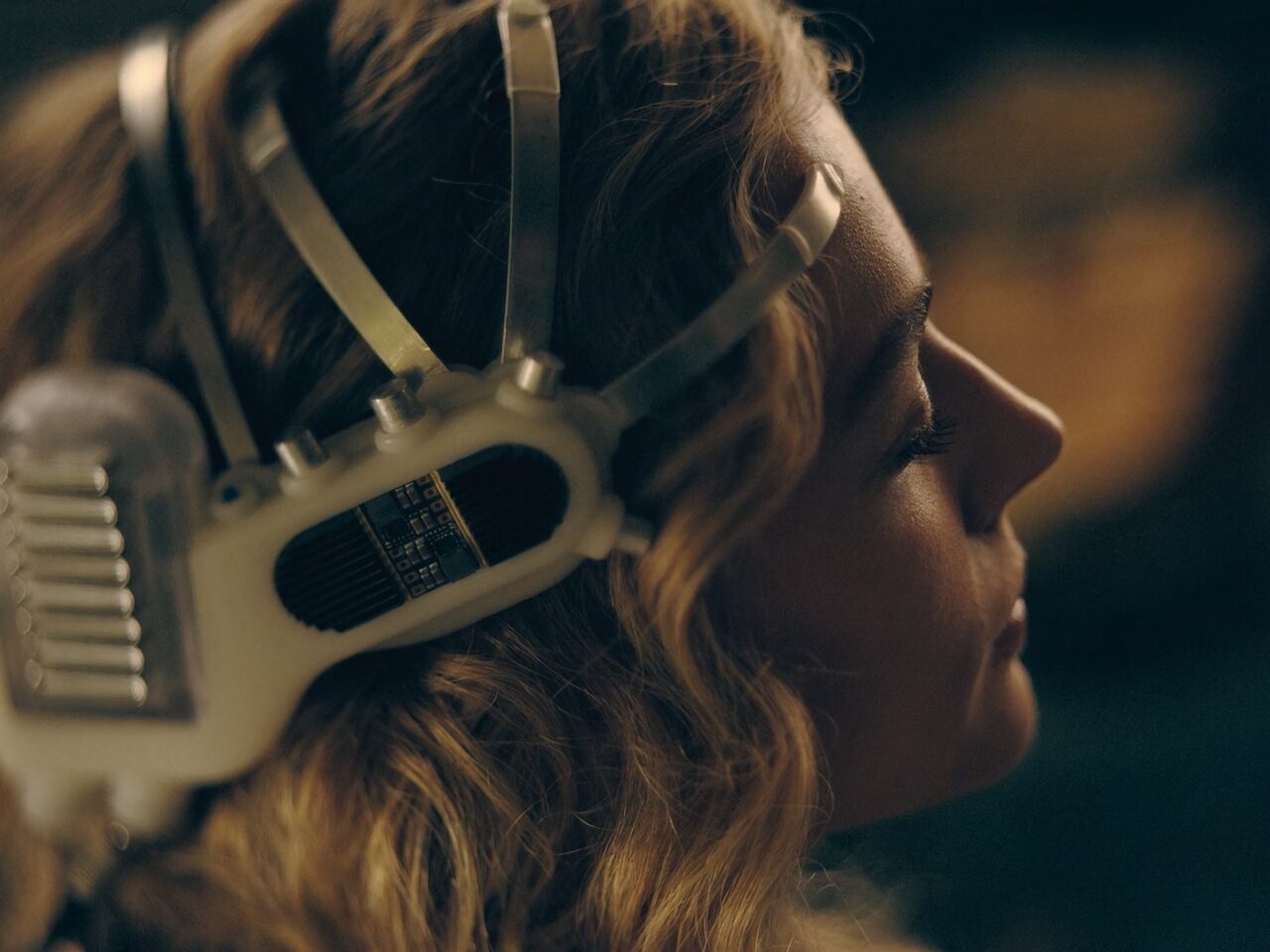
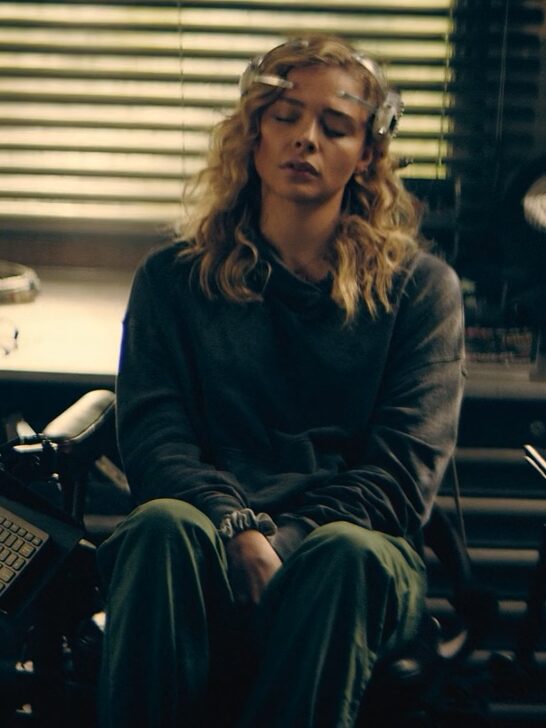
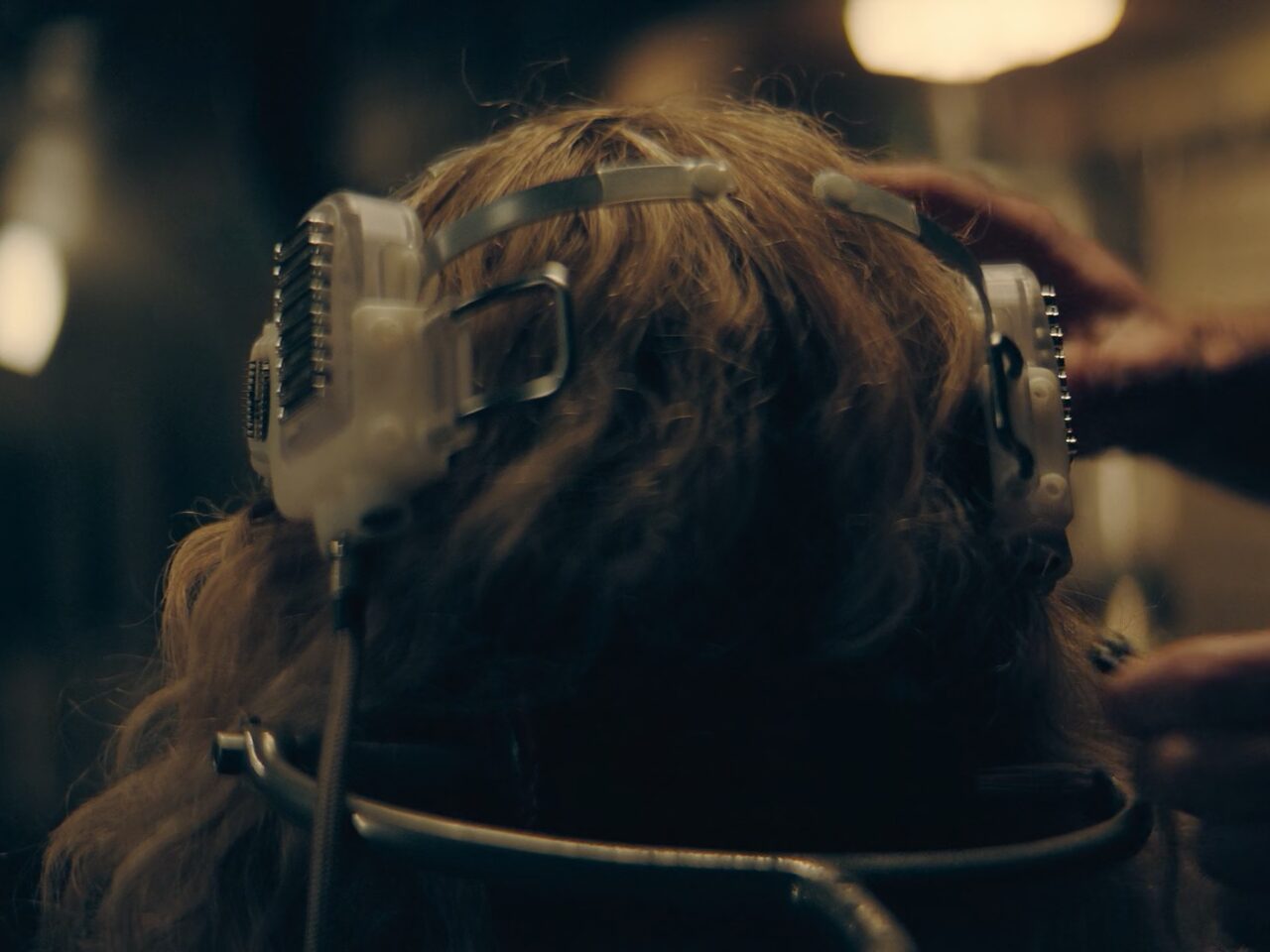
One character is a war veteran missing both legs and one arm. He gets to use this headset, giving him full feeling, mobility, and sight. This is certainly a cool application of the tech and an idea explored by others: if one is limited by their body, can technology free their mind to experience what they can’t in the real world?
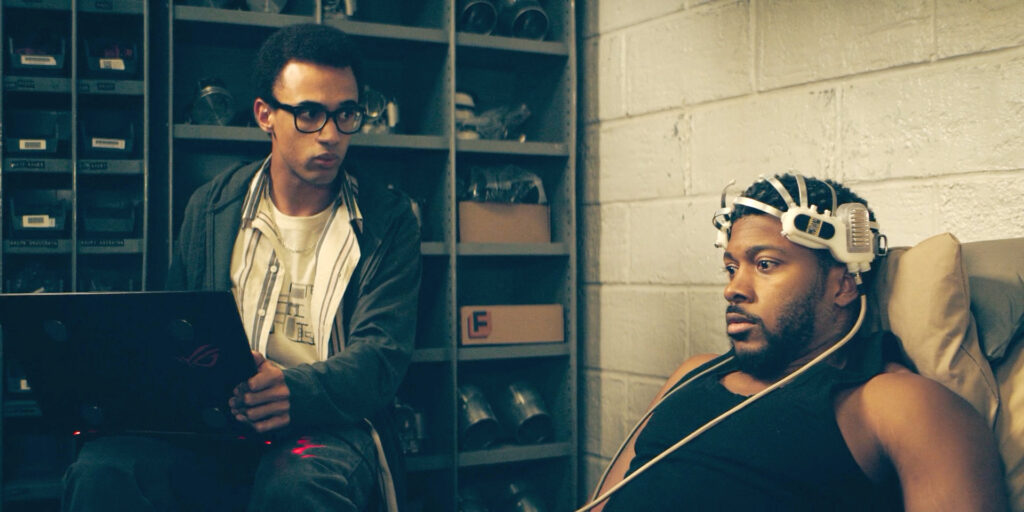
** SPOILER: We learn that the headset is actually a remote interface to a robot in the future, but for all intents and purposes this is the same on the user’s end as any other VR experience.
